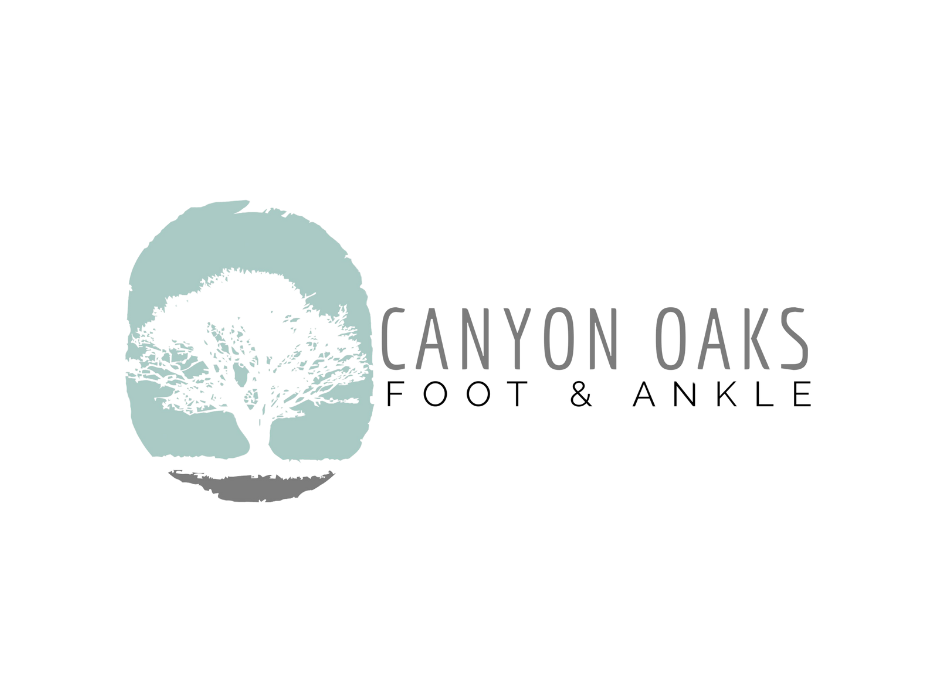Achilles tendinitis is an overuse injury of the Achilles tendon, the band of tissue that connects calf muscles at the back of the lower leg to your heel bone. This specific injury commonly occurs in runners who have suddenly increased the intensity or duration of their runs.
What causes Achilles tendinitis?
Repetitive or intense strain on the Achilles tendon is the root cause of this specific type of tendinitis. This tendon is used when you walk, run, jump or push up on your toes.
The structure of the Achilles tendon weakens with age, which can make it more susceptible to injury — particularly in people who may participate in sports only on the weekends or who have suddenly increased the intensity of their running programs.
What are the symptoms of Achilles tendinitis?
The symptoms associated with Achilles tendinitis starts as a mild ache in the back of the leg or above the heel after vigorous use (i.e – sports, running, etc). More-severe pain may occur after prolonged running, stair climbing or sprinting can also signify the presence of tendinitis.
Some people experience tenderness or stiffness, especially in the morning, which usually improves with mild activity.
If you are unsure whether or not you have Achilles tendinitis, check in with your foot specialist.
Treatment and Prevention
While it may not be realistic to prevent Achilles tendinitis entirely, there are measures you can take to reduce your risk.
- Gradually increase your activity levels
- When starting to get back into a regular work-out routine, it is important start slow.
- Gradually increase the duration and intensity of the training as you feel more comfortable.
- Take it easy
- Avoiding activities that place excessive stress on your tendons, such as hill running or sports that require lots of jumping.
- Before you participate in a strenuous activity, warm up first. Begin by exercising at a slower pace.
- Be mindful of what shoes you wear
- Make sure your shoes provide adequate cushioning for your heel. These shoes should have firm arch support to help reduce the tension in the Achilles tendon.
- Consider replacing your worn-out shoes. If your shoes are in good condition but don’t support your feet, try arch supports in both shoes.
- Make sure you stretch
- Taking the time to stretch your calf muscles and Achilles tendon in the morning, before exercise and after exercise, can dramatically reduce the likelihood of Achilles tendinitis
- Strengthen your calf muscles
- This enables the calf and Achilles tendon to handle the stresses they encounter with activity and exercise with much more ease.
- Cross-train
- Switch up high-impact activities, such as running and jumping, with low-impact workouts, such as swimming or biking.
Get Help Now
Please complete the form below and we will be in touch with you within 1 business day.
